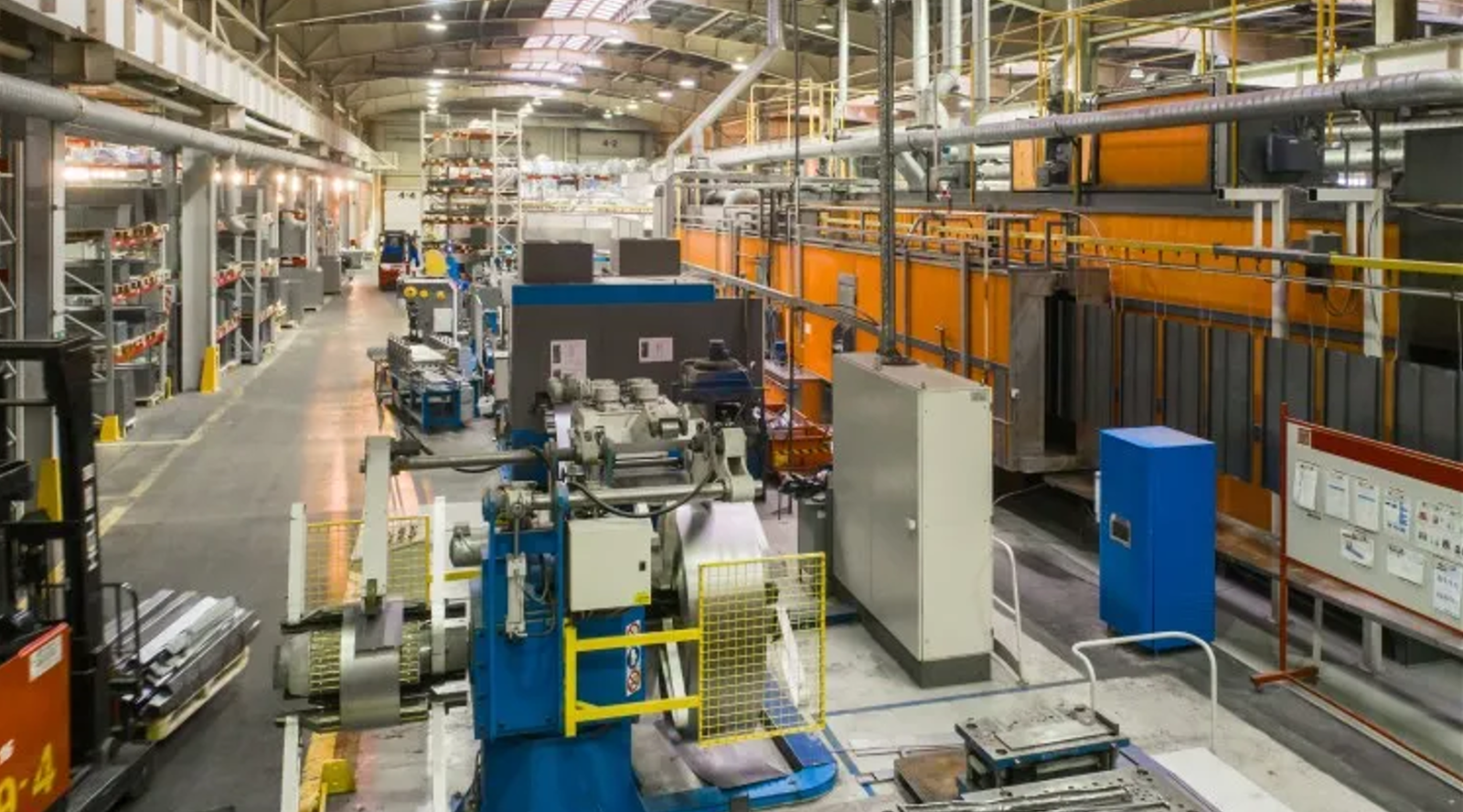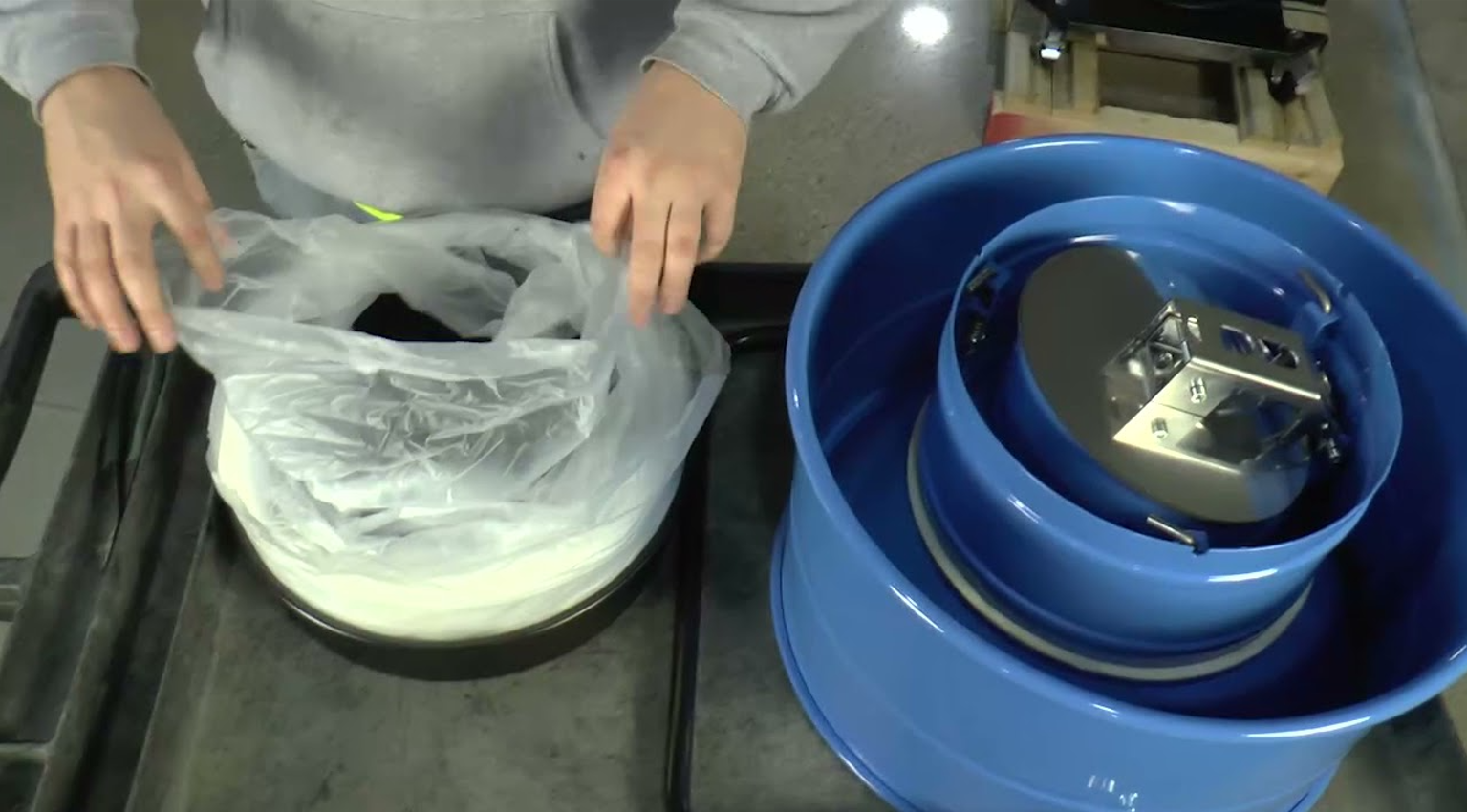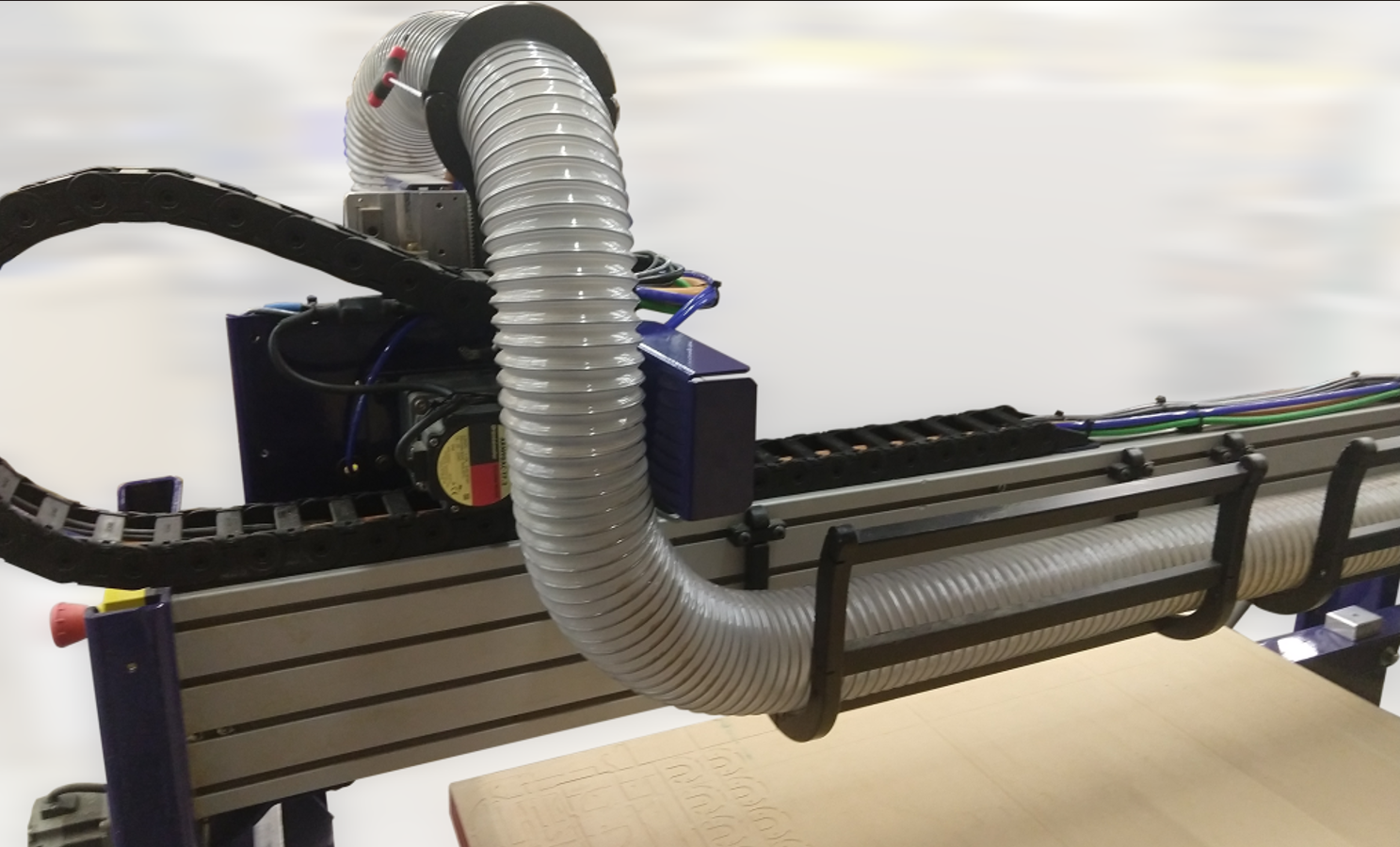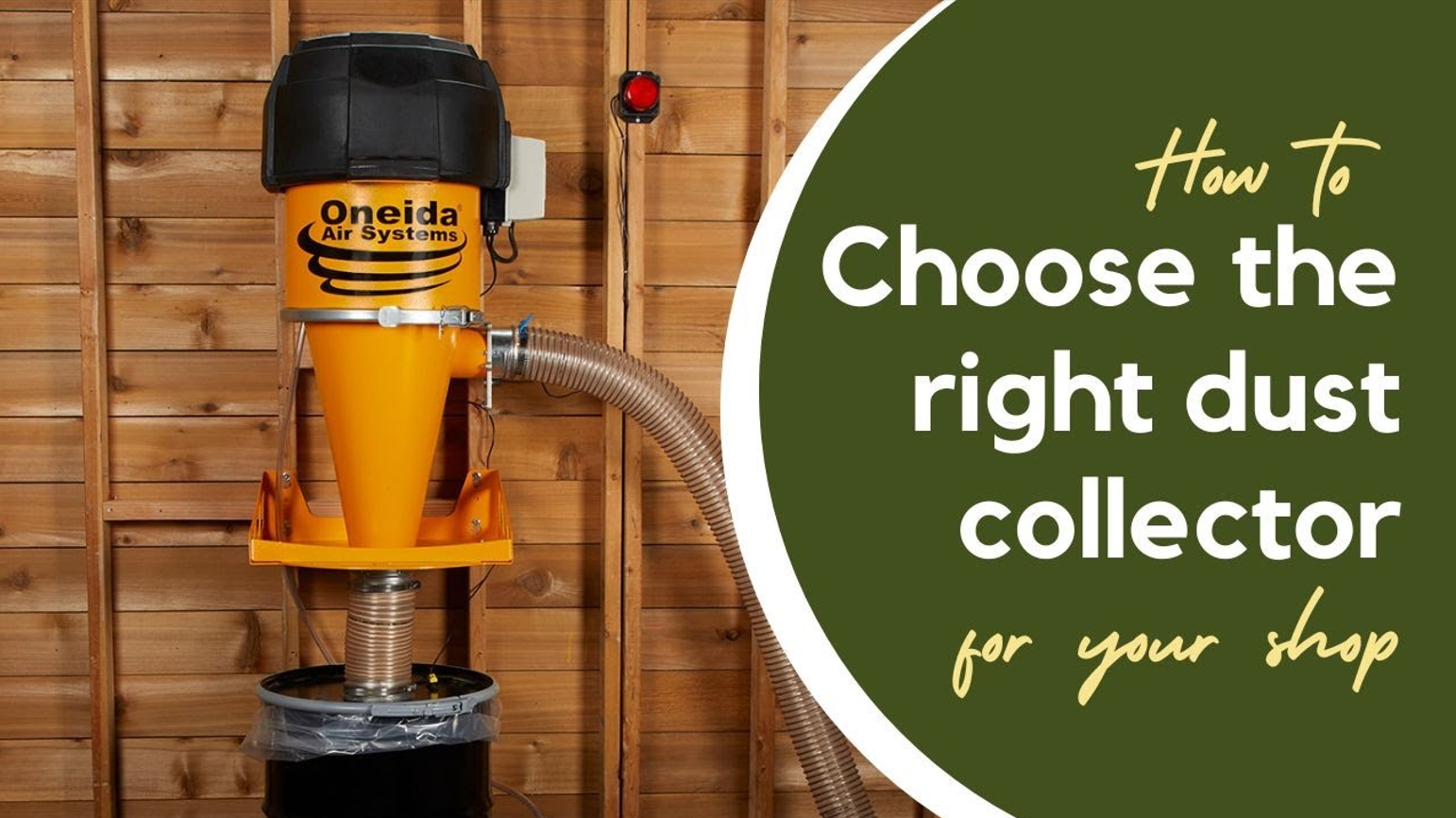Dust collection is essential for a clean and safe workplace. But running these systems can increase your power bills. The good news? You can lower energy costs by using an efficient dust collection system.
Here's how to make wise choices that save energy and money — without reducing air quality.
1. Understand Your Dust Needs
Start by checking what kind of dust your work produces. This helps you choose the right type of dust collector.
Ask yourself:
- How much dust is created each day?
- Is the dust light or heavy?
- Is it harmful or flammable?
Using a system that's too big wastes energy. Using one that's too small doesn't work well. Get the size and type right from the start.
2. Use the Right Type of Dust Collector
Choosing the correct system helps lower energy use while keeping your air clean.
Cartridge Type Dust Collector
This is great for fine dust, such as smoke or powder. It features pleated filters that enable good airflow with reduced power consumption. A cartridge-type dust collector is ideal for welding or sanding areas.
Manual Dust Collector
If your work involves creating light or occasionally producing dust, this is a good choice. It doesn't need strong motors. A manual dust collector is an effective solution for small workshops, saving energy.
Portable Dust Collector
Need something mobile? A portable dust collector can be moved to where the dust is generated. It only runs when needed, so it uses less energy.
3. Install Variable Speed Control (VFD)
A Variable Frequency Drive (VFD) controls the fan speed. It slows down when the system doesn't need full power. This can cut energy use by 30% to 50%.
4. Keep Filters Clean
Dirty filters block airflow. This forces your system to work harder, which uses more power.
Simple tips:
- Clean or replace filters often
- Check airflow pressure weekly
- Fix any clogs right away
Using a high-quality dust collector with easy-to-maintain filters makes this easier.
5. Seal Your Ducts
Leaky ducts waste energy. If air escapes, your system works harder to keep up.
To avoid this:
- Check for holes or loose joints
- Seal any gaps tightly
- Keep ducts clean and short
Proper duct sealing can improve airflow and reduce your power bill.
6. Run the System Only When Needed
Don't let your dust collector run all day if it's not in use.
Here's how to avoid that:
- Use timers or sensors
- Train staff to shut it off during breaks
- Schedule automatic on/off times
Even one hour of saved energy per day adds up fast.
7. Redesign the Layout if Needed
A poor layout can waste energy. The longer and more twisted your ducts are, the more power your fan uses.
Try this:
- Keep ducts straight and short
- Move the system closer to dust-producing machines
- Avoid sharp turns in ducting
8. Upgrade When It's Time
Old systems use more energy. New models are more innovative and more efficient.
Modern systems include:
- Better motors
- Strong but low-energy fans
- Easy-to-clean filters
Upgrading can feel expensive, but it saves a lot over time.
A sound dust collection system does more than clean the air. It helps you run your business smarter and saves on energy.



